Disclosure: This article contains affiliate links. We may earn a commission from purchases at no extra cost to you, which helps our travel content.
The aroma of fresh curry spices mingling with coconut and cassava hit me the moment I stepped into Bourda Market. Standing there, surrounded by a kaleidoscope of tropical fruits and vegetables I couldn't name, I realized Georgetown was going to redefine my understanding of fusion cuisine. This often-overlooked South American capital offers one of the most fascinating food scenes I've encountered – where Afro-Caribbean meets East Indian, Chinese influences dance with indigenous Amerindian traditions, and Portuguese and British colonial histories simmer in every pot.
Understanding Georgetown's Culinary Tapestry
Georgetown's food scene tells the complex story of Guyana itself – a nation shaped by indigenous peoples, European colonization, African slavery, and indentured labor from India, China, and Portugal. This cultural convergence has created something truly special: a cuisine that defies simple categorization.
During my week exploring the city with local food historian Ameena, I learned that what outsiders might call 'Guyanese food' is actually a living museum of culinary resilience. The Indian-influenced curry and roti exist alongside African-inspired metemgee (a hearty root vegetable stew), Chinese char siu pork, and indigenous cassava dishes.
'We don't just cook food here,' Ameena told me as we sampled pepperpot, a spiced meat stew with indigenous origins that's become Guyana's national dish. 'We're preserving our ancestors' stories with every meal.'
Before diving into Georgetown's food scene, I recommend downloading the Guyanese Food Guide to understand the historical context behind each dish. This culinary journey isn't just about satisfying hunger – it's about connecting with centuries of cultural exchange.

💡 Pro Tips
- Learn basic food terms before visiting: 'pepperpot' (spiced meat stew), 'cook-up rice' (one-pot mixed rice dish), and 'metemgee' (root vegetable stew)
- Ask locals about the history behind traditional dishes – most are happy to share family recipes and stories
- Try both restaurant versions and street food versions of the same dish to taste the range of interpretations
Market Mornings: Where Locals Shop
My Georgetown food journey always began at dawn when the markets pulse with their most authentic energy. Bourda Market and Stabroek Market offer windows into everyday Guyanese life that no restaurant experience can match.
At Bourda, I'd arrive by 6:30am with my reusable produce bags to shop alongside locals. The fruit section introduced me to bizarre treasures I'd never encountered: jamoon (a purple astringent fruit), soursop (used in refreshing juices), and my personal addiction – sapodilla, with its brown sugar caramel flavor.
But the true magic happens in conversation. When I asked a vendor about the mountain of wiri wiri peppers (small, intensely hot local chilies), she didn't just explain their culinary use – she shared how her grandmother would create medicinal tinctures from them, then insisted on gifting me a handful wrapped in newspaper 'to bring fire to your cooking.'
Stabroek Market, housed in a striking Victorian iron structure, offers a more architectural experience but equally vibrant food halls. Here I discovered golden apple fruit, cassareep (a bitter-sweet cassava extract essential for authentic pepperpot), and fresh-caught fish from that morning's boats.
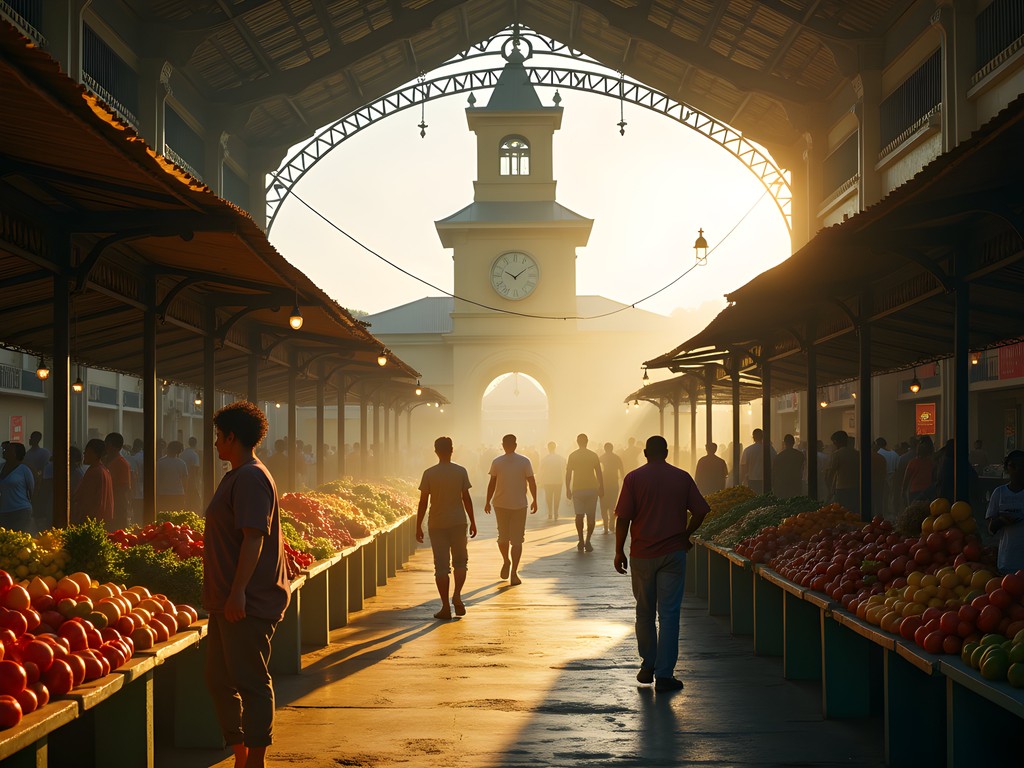
💡 Pro Tips
- Visit markets between 6-8am for the freshest selection and to shop alongside locals
- Bring small bills in local currency (Guyanese dollars) as vendors rarely accept cards
- Ask before taking photos at markets – many vendors are happy to be photographed but appreciate being asked
Street Food Treasures & Hidden Gems
Georgetown's street food scene offers some of the most accessible and authentic culinary experiences. One afternoon, following the advice of my guesthouse host, I ventured to the corner of Camp and Middle Streets where a woman named Miss Gloria has been making black pudding (blood sausage with herbs and rice) for over 40 years from a small cart. The line of waiting customers – a mix of office workers, construction crews, and schoolchildren – told me everything I needed to know about her legendary status.
For a quick lunch, nothing beats the egg balls (hard-boiled eggs wrapped in seasoned potato, then fried) from vendors along Regent Street. I'd grab these savory treats with a bottle of mauby – a bark-based drink with a complex bitter-sweet profile that's an acquired taste worth acquiring.
Don't miss the pine tarts – flaky pastries filled with pineapple jam – which I enjoyed each afternoon with a thermos of local coffee prepared in my travel French press. The combination of buttery pastry with tropical filling perfectly captures Georgetown's British-Caribbean fusion.
For evening street food, head to the Sea Wall after 5pm when vendors set up barbecue grills offering smoke-infused chicken and fish. Bring your insulated water bottle filled with ice water – you'll need it to counter the scotch bonnet pepper sauces that accompany most dishes!

💡 Pro Tips
- Look for street vendors with lines of local customers – they're usually the best
- Try bake and saltfish (fried bread with codfish) for breakfast from morning vendors
- Most street food costs between 200-500 Guyanese dollars (roughly $1-2.50 USD)
Restaurant Experiences Worth the Splurge
While markets and street food form the backbone of Georgetown's culinary scene, several restaurants offer elevated experiences that showcase Guyanese cuisine through a contemporary lens.
Jeremy's on Robb Street became my favorite evening retreat, where chef-owner Jeremy crafts modern interpretations of classics like curry and cook-up rice. His seven-course tasting menu tells the story of Guyana's cultural history through food, with each dish representing a different cultural influence. The standout was his reimagined metemgee – traditionally a humble vegetable stew transformed into an elegant consommé with root vegetable pearls and edible flowers.
For romantic evenings, Backyard Café offers intimate garden dining in what feels like someone's personal tropical oasis. Chef Delven prepares meals based on what's fresh rather than a fixed menu, creating a personalized experience. When he learned of my interest in indigenous ingredients, he prepared a cassava bread with foraged herbs that changed my understanding of Amerindian cuisine.
I tracked my culinary adventures in my food tasting journal, which helped me remember the complex flavors and cultural stories behind each meal. Several restaurants offer cooking classes too – I spent an unforgettable morning learning to make the perfect roti at German's Restaurant, a local institution since the 1960s.

💡 Pro Tips
- Make reservations at least 2 days in advance for popular restaurants like Backyard Café
- Many upscale restaurants close on Mondays – plan accordingly
- Ask about the cultural history behind signature dishes – chefs are often passionate about sharing these stories
Cocktail Culture & Rum Heritage
No culinary exploration of Georgetown would be complete without diving into its rum culture. Guyana's El Dorado rum is world-renowned, and understanding its production offers insight into the country's colonial history and agricultural traditions.
I spent an enlightening afternoon at the El Dorado Rum Distillery, learning about their traditional wooden still – the last functioning one of its kind in the world. The tour culminated in a tasting that revealed the remarkable complexity these aged rums can achieve. I brought home a bottle of their 12-year reserve, which now occupies a special place in my travel bar set.
For evening entertainment, Georgetown's cocktail scene centers around the historic Cara Lodge Hotel, where the Bottle Restaurant Bar blends colonial atmosphere with innovative mixology. Their signature drink – the Demerara Sour – combines local rum with indigenous fruit juices and a dash of angostura bitters (another regional product).
For something truly local, seek out bars serving 'High Wine' – a potent home-infused rum steeped with herbs, spices, and sometimes fruits. These traditional infusions were originally created for medicinal purposes but have evolved into social drinks. My guide Ameena introduced me to her uncle's shop where he creates high wine with cinnamon, orange peel, and local bush herbs – a complex flavor profile unlike anything in conventional spirits.
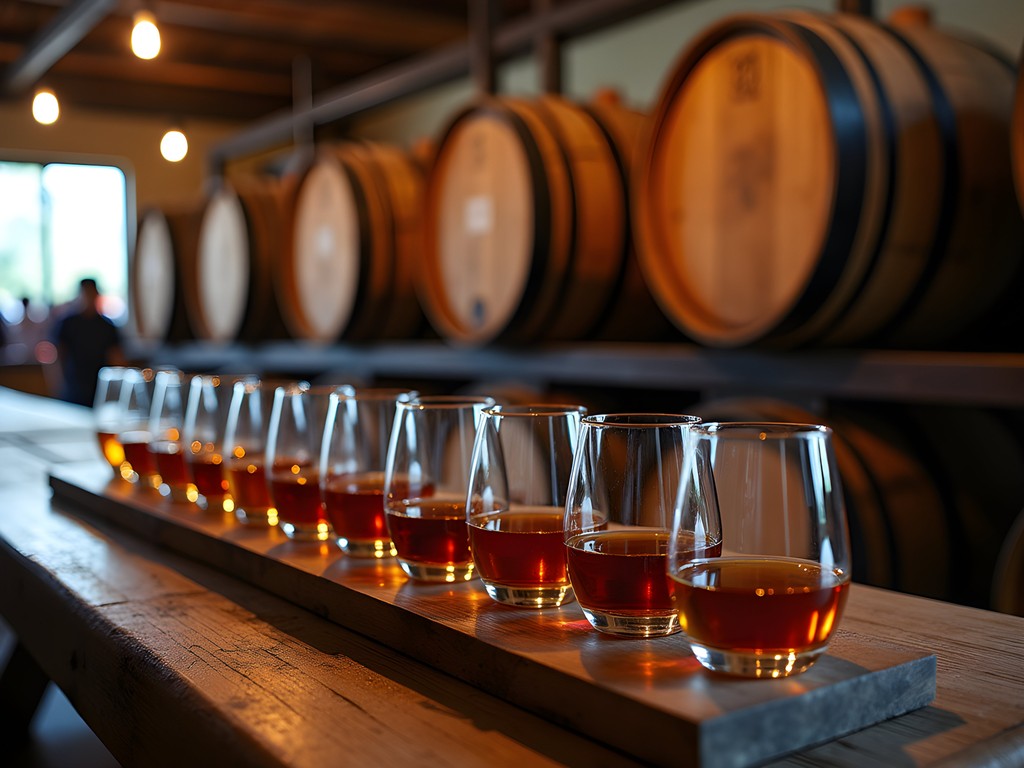
💡 Pro Tips
- Book the El Dorado Distillery tour at least one week in advance as spaces fill quickly
- Try the local Banks beer as well as rum – it pairs perfectly with spicy Guyanese dishes
- Ask bartenders about 'bush rum' traditions – these herbal infusions have fascinating cultural significance
Final Thoughts
As I savored my final meal in Georgetown – a humble plate of cook-up rice from a family-run shop near my guesthouse – I reflected on how this city had transformed my understanding of Caribbean cuisine. Georgetown's food isn't just delicious; it's a living archive of resilience and cultural exchange, where every dish tells a story of adaptation and creativity.
What makes Georgetown special isn't fancy restaurants (though there are some excellent ones), but rather the way food connects people across cultural boundaries. I watched Hindu, Christian, and Muslim Guyanese sharing meals at communal tables, each bringing different traditions to the same table.
When you visit, come hungry but also come curious. Ask questions about the dishes you try. Listen to the stories behind family recipes. And remember that sustainable tourism means supporting local vendors and restaurants that source ingredients from nearby farms and fisheries.
Guyana may not yet be on most travelers' culinary radar, but that's precisely what makes it so special. Visit now, before the secret gets out, and discover one of South America's most underrated food destinations – where Creole meets Caribbean in a dance of flavors you won't soon forget.
✨ Key Takeaways
- Georgetown's cuisine represents a unique fusion of African, Indian, Chinese, European and indigenous influences
- Markets and street food offer the most authentic and affordable culinary experiences
- Understanding the cultural history behind dishes enhances the dining experience
- Supporting small family-run establishments helps preserve Georgetown's culinary heritage
- The rum culture provides insight into Guyana's colonial history and agricultural traditions
📋 Practical Information
Best Time to Visit
year-round, though February to April offers slightly drier weather
Budget Estimate
$50-80 USD per day for meals and food experiences
Recommended Duration
1 week
Difficulty Level
Beginner

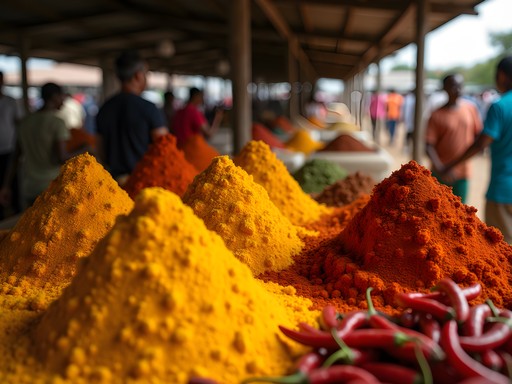



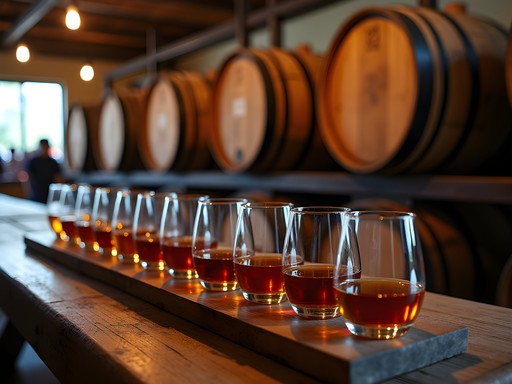


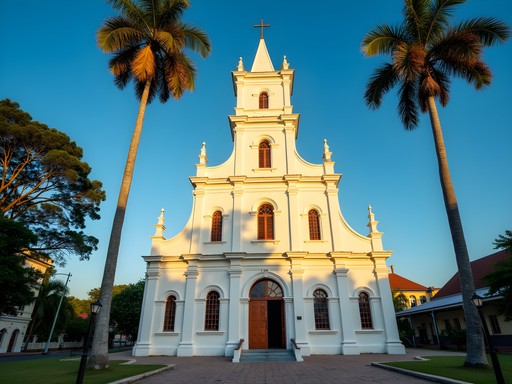
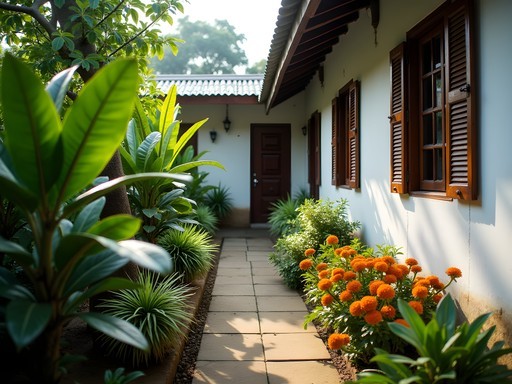






Comments
Brandon Tucker
Great breakdown of Georgetown's food scene, Taylor! I spent three weeks there last year documenting street food and found the value incredible compared to other Caribbean destinations. For budget travelers, I'd add that the small rum shops around the city often serve some of the most authentic meals at the lowest prices. Just look for places packed with locals during lunch hour. One thing that helped me navigate was using food guide which has detailed maps of where to find specific dishes. The section on cassava dishes alone saved me from missing some hidden gems in the residential neighborhoods west of the city center.
starace
Those rum shops are the real deal! Had the best chicken curry of my life at one near the seawall for like $3.
winterdiver
Heading to Georgetown next month! Any recommendations for vegetarian options? I've heard the curry is amazing but wondering what else I should try?
Taylor Sullivan
Definitely try the pumpkin curry and dhal puri! Also, many places make amazing vegetarian cook-up rice with beans. The cassava bread with various toppings is great too. Oh, and don't miss the fresh fruit drinks at the markets - the soursop is incredible!
winterdiver
Thanks so much! Pumpkin curry sounds amazing. I'll definitely check out your recommendations!
coolmood
Just got back from Georgetown last week and this post is spot on! The mix of Caribbean, Indian, and African influences makes the food scene so unique. We tried that little roti shop you mentioned near Bourda Market and it was incredible. My husband is still talking about the mango chutney they served on the side. Wish I'd seen your recommendations for the upscale restaurants before we went though!
Savannah Walker
This brings back such vivid memories of my trip to Georgetown last year! The food scene there is seriously underrated. I still dream about the curry I had at German's Restaurant - that perfect balance of spices with the fluffiest roti. And don't get me started on the pine tarts from Sunshine Bakery! One tip for anyone going: wake up early and head to the fish market section of Stabroek around 6am. The seafood is incredibly fresh, and if you're staying somewhere with a kitchen, the fishermen will give you cooking tips. I learned how to make the most amazing garlic butter fish from a local who'd been fishing those waters for 40 years!
wanderlife
German's is amazing! Did you try their cookup rice too?
Savannah Walker
Yes! The cook-up rice was fantastic - perfect texture and so flavorful with all those herbs!
starace
Great post! Did you try pepperpot while you were there? I've heard it's a must-try Guyanese dish but wondering if it's worth seeking out?
Taylor Sullivan
Absolutely! Pepperpot was incredible - I had it at a small place near Stabroek Market. The cassareep gives it that unique flavor you can't find anywhere else. Definitely worth seeking out!
starace
Thanks Taylor! Adding it to my must-eat list for sure.
sunsetbuddy
Your photos of the Bourda Market made me so hungry! Those fruits look amazing.
backpackguy
YESSS to the street food section!! Those pine tarts changed my life when I visited last summer! And the cassava bread with peanut butter for breakfast? SO GOOD! Georgetown doesn't get enough credit for its amazing food scene. I gained like 5 pounds in a week and regret NOTHING! 😂
exploreway
Those pine tarts are dangerously good! I bought a box to take home and they didn't survive the first day lol
Jean Wells
Taylor, your post took me right back to my visit last year! Georgetown's food scene is truly a hidden gem in the Caribbean travel circuit. I spent three weeks there documenting the fusion of influences - the Indian roti shops, the African-inspired metagee, and those Portuguese garlic pork dishes. Did you try the pepperpot? I found a family-run place near Stabroek Market that serves it year-round, not just at Christmas. The slow-cooked meat with cassareep sauce is worth the trip alone. I'd recommend visitors take a cooking class - I took one with a local grandmother who taught me proper cook-up rice technique. It's all about the coconut milk ratio!
Taylor Sullivan
Jean, I absolutely tried pepperpot! That cassareep sauce is incredible - so complex. I didn't know about cooking classes though - that sounds amazing for my next visit!
winterdiver
Jean, do you remember the name of that place near Stabroek Market? Planning my first trip to Georgetown and pepperpot is top of my list!
Jean Wells
It was called Auntie's Kitchen - small place with blue shutters about two blocks east of the market. No website, just follow the locals!
exploreway
Those market descriptions made my mouth water! Bourda Market is definitely the real deal.
CaribbeanDreamer92
Your photos of Bourda Market are making me hungry! Those colors! 😍
Venture X
Premium card with 2X miles, $300 travel credit, Priority Pass